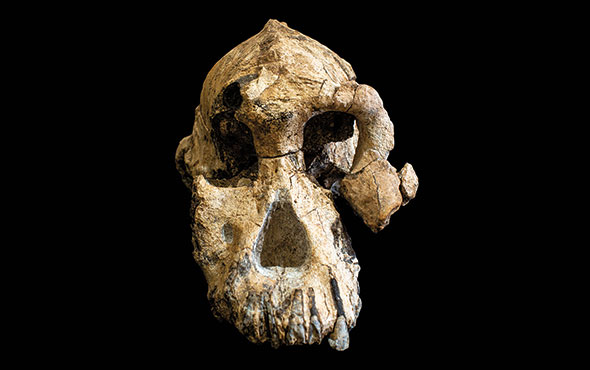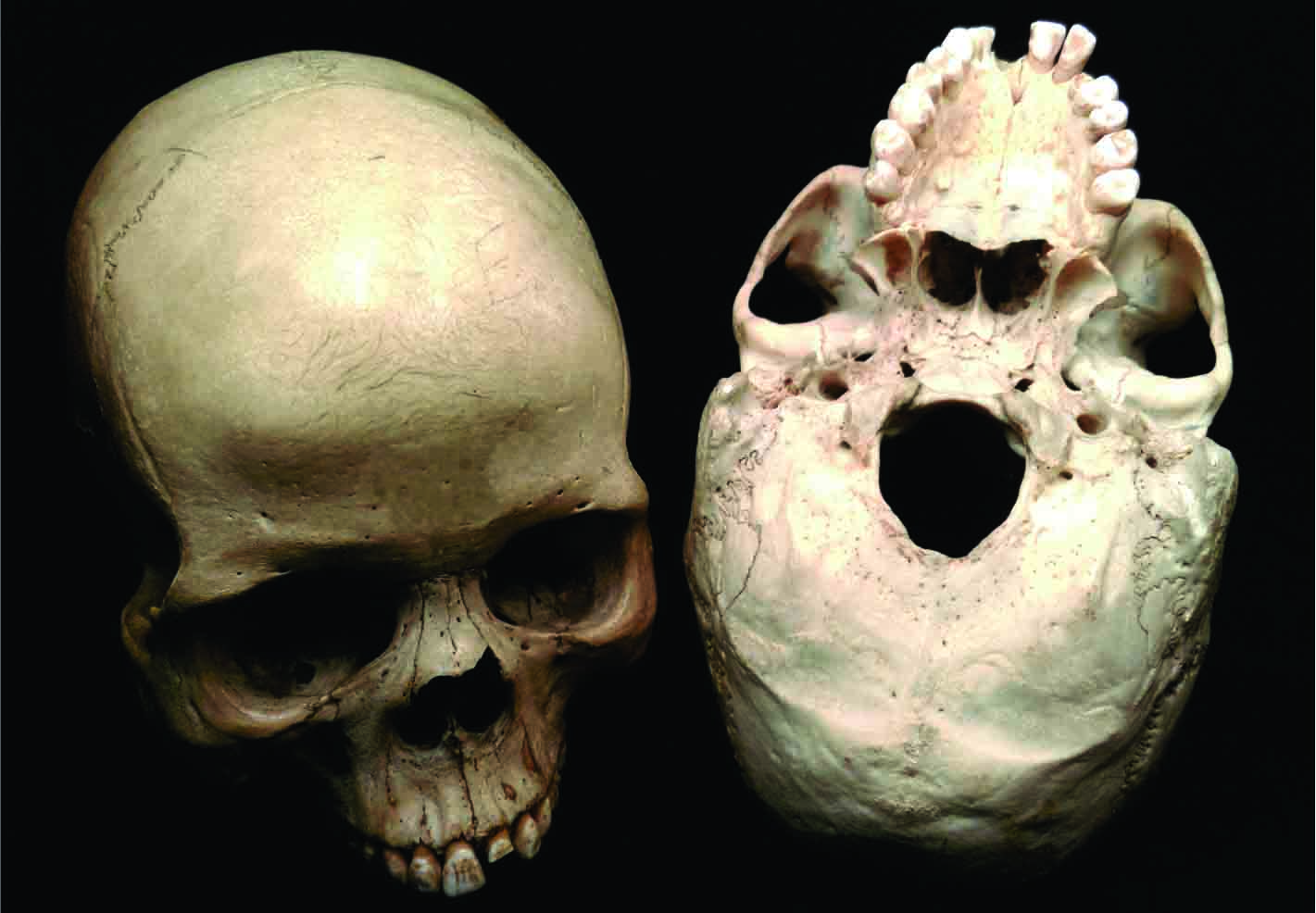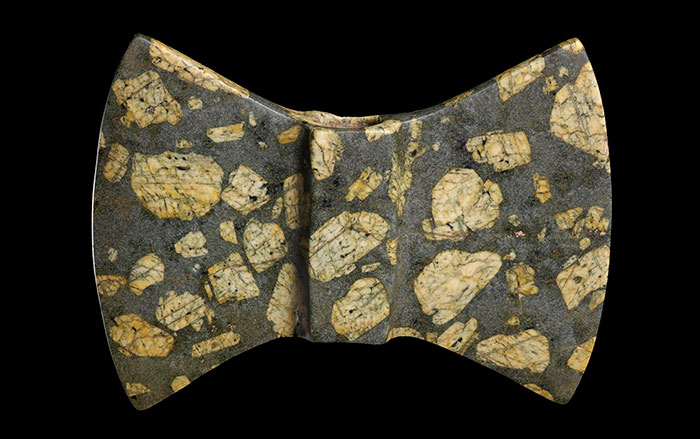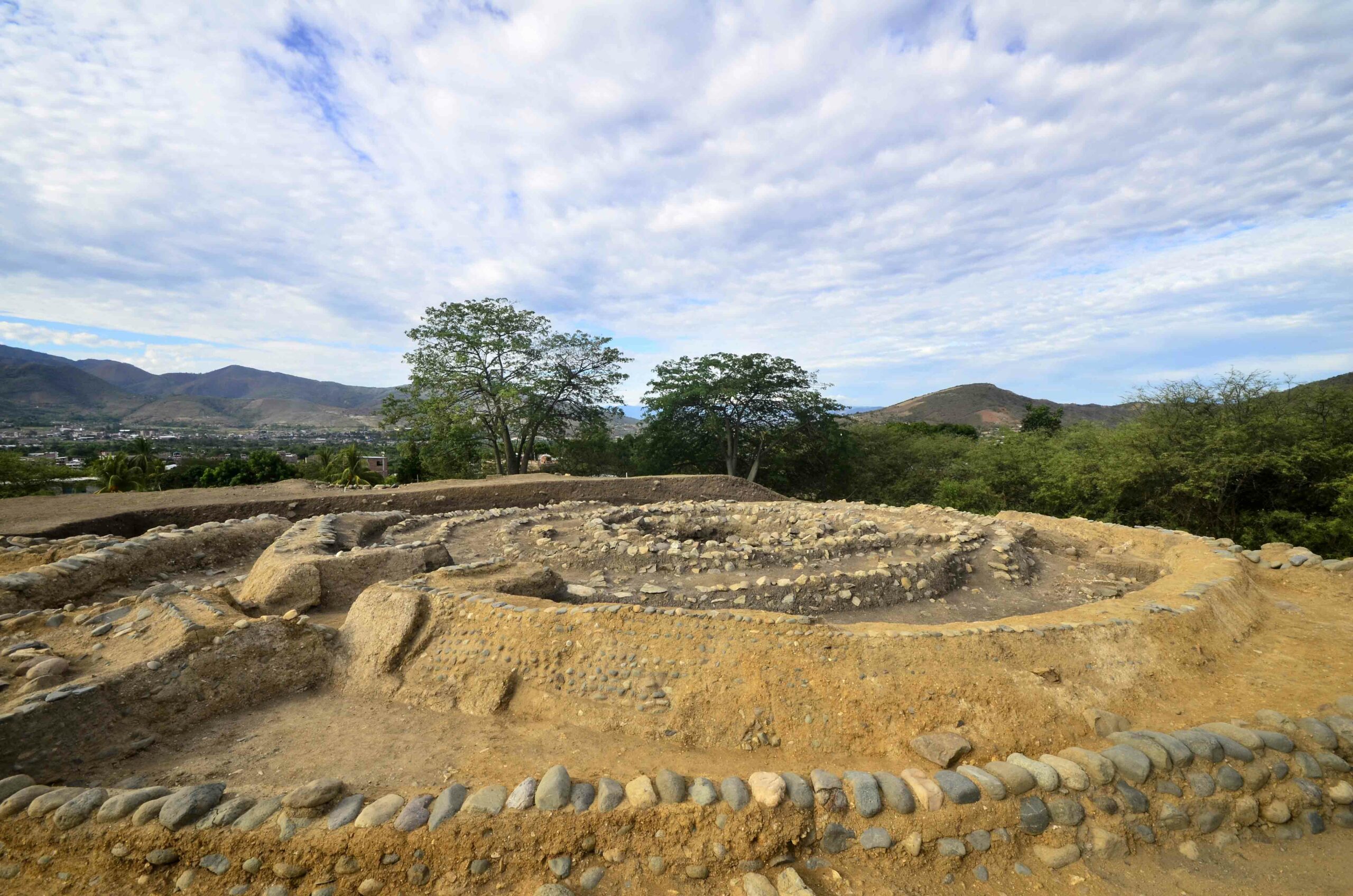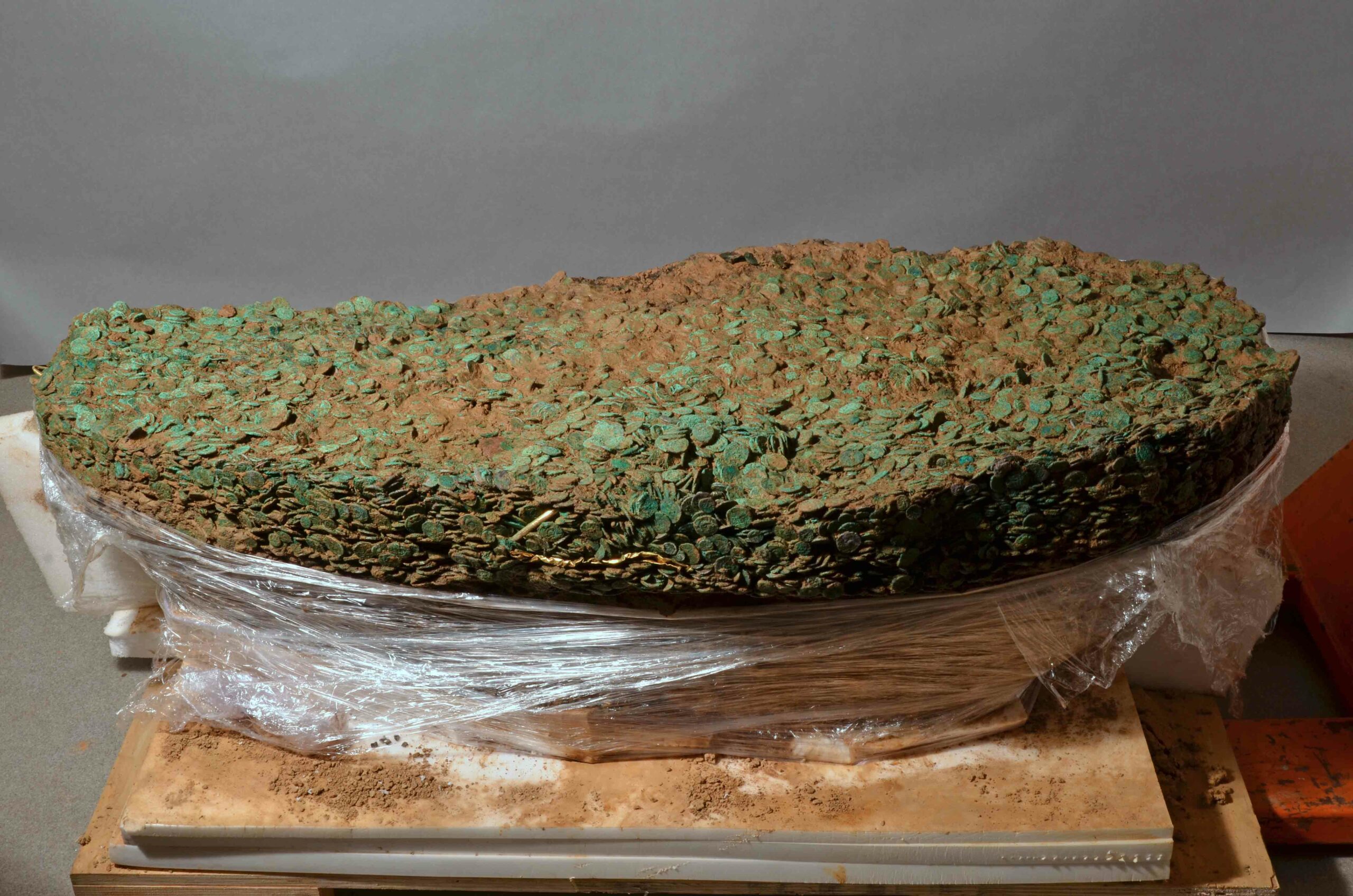
DURHAM, NORTH CAROLINA—According to a report in The International Business Times, researchers led by Doug Boyer of Duke University have analyzed a 52-million-year-old ankle bone belonging to Donrussellia provincialis, one of the earliest-known primates. Boyer and his colleagues scanned the ankle bone, which was found in southeastern France, and compared it to ankle bones of other animals using computer algorithms. They found that the quarter-inch-long fossil was similar to those of tree shrews and other non-primate species, which suggests that the small creature could leap between tree branches and stick the landing with its grasping hands and feet. It had been suggested that the earliest primates were slow and deliberate animals who creeped along twigs and branches, but leaping may have helped Donrussellia provincialis avoid predators. To read about a famous fossil hoax, go to “Piltdown’s Lone Forger.”



